Physical Address
304 North Cardinal St.
Dorchester Center, MA 02124
Physical Address
304 North Cardinal St.
Dorchester Center, MA 02124

Culinary Travel | Embark on a Delicious Journey Around the World – Food Tours, Cooking Classes, Wine Experiences & Local Cuisine Adventures
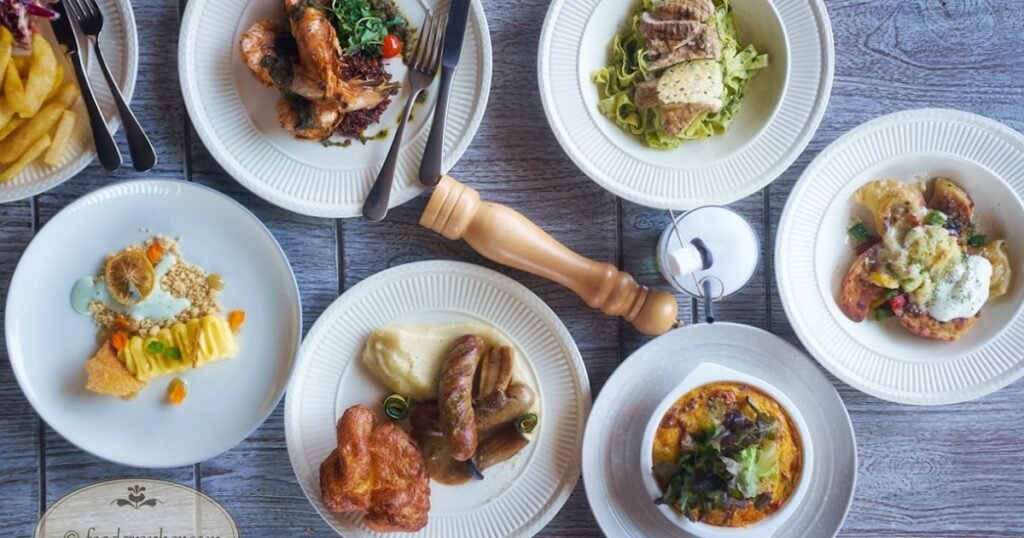
Culinary Travel
Meta Description: Discover the ultimate culinary travel guide for 2025. Explore budget-friendly food tours, cooking classes, wine tastings, and authentic local cuisine experiences. Find cheap flights and budget hotels for your perfect food adventure.
Start planning your culinary adventure today. Research seasonal ingredients in your chosen destination, connect with local food communities online, and most importantly, approach your journey with curiosity and openness. Every destination offers undiscovered treasures for those willing to venture beyond tourist trails and into the heart of local food culture.
Have you ever wondered what it feels like to bite into authentic street tacos in a bustling Mexican market while vendors call out their daily specials? Or perhaps you’ve dreamed of rolling fresh pasta alongside an Italian nonna in her centuries-old kitchen, flour dusting your hands as stories flow like fine wine?
Culinary travel isn’t just about eating your way around the world it’s about discovering the soul of a destination through its flavors, traditions, and the passionate people who create them. As someone who has wandered through spice markets in Marrakech and shared meals with families in remote Vietnamese villages, I can tell you that food becomes the universal language that connects us all.
Picture this: you’re sitting in a tiny family-run restaurant in Bangkok, watching the chef’s weathered hands expertly balance sweet, sour, and spicy flavors in a steaming wok. The aroma fills the air, locals chatter around you, and suddenly you’re not just a tourist you’re part of the community’s daily rhythm.
Culinary tourism opens doors that traditional sightseeing simply cannot. When you participate in cooking classes or join local food tours, you’re invited into homes, kitchens, and hearts. These experiences create memories that last far beyond any photograph could capture.
Let’s address the elephant in the room budget concerns. Many travelers assume culinary experiences are luxury indulgences, but that’s where they’re wonderfully wrong. Some of the most incredible ideas for family vacations revolve around affordable food adventures that cost less than expensive restaurant meals back home.
Consider Vietnam, where a steaming bowl of pho costs less than a coffee in New York, or India, where cooking classes with local families often include accommodation and multiple meals for under $30 per day. These hidden gems offer authentic experiences without breaking the bank.
Thailand stands as a crown jewel among undiscovered treasures for budget-conscious food travelers. Street food culture here isn’t just about cheap eats—it’s an art form where vendors perfect recipes passed down through generations.
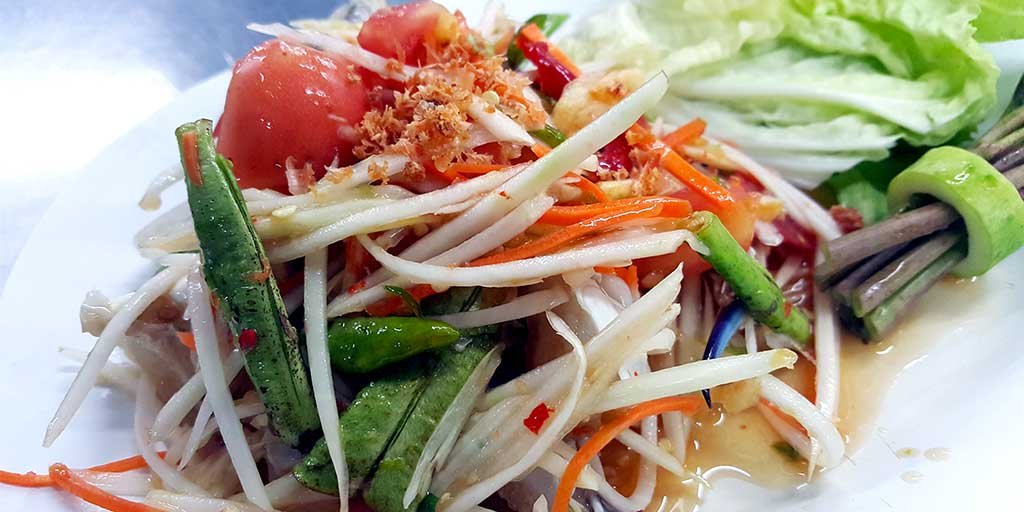
Papaya salad (som tam) in Bangkok’s bustling markets
In Bangkok’s bustling markets, you’ll find som tam (papaya salad) for mere cents, pad thai prepared fresh before your eyes, and tropical fruits you’ve never imagined. A comprehensive street food tour costs around $15-25 per person, including transportation between neighborhoods.
Vietnam offers equally compelling culinary adventures. Ho Chi Minh City’s District 1 buzzes with food stalls where locals queue for bánh mì sandwiches priced at $1-2 each. Join a motorbike food tour for $30-40, and you’ll experience five different neighborhoods while sampling dishes most tourists never discover.
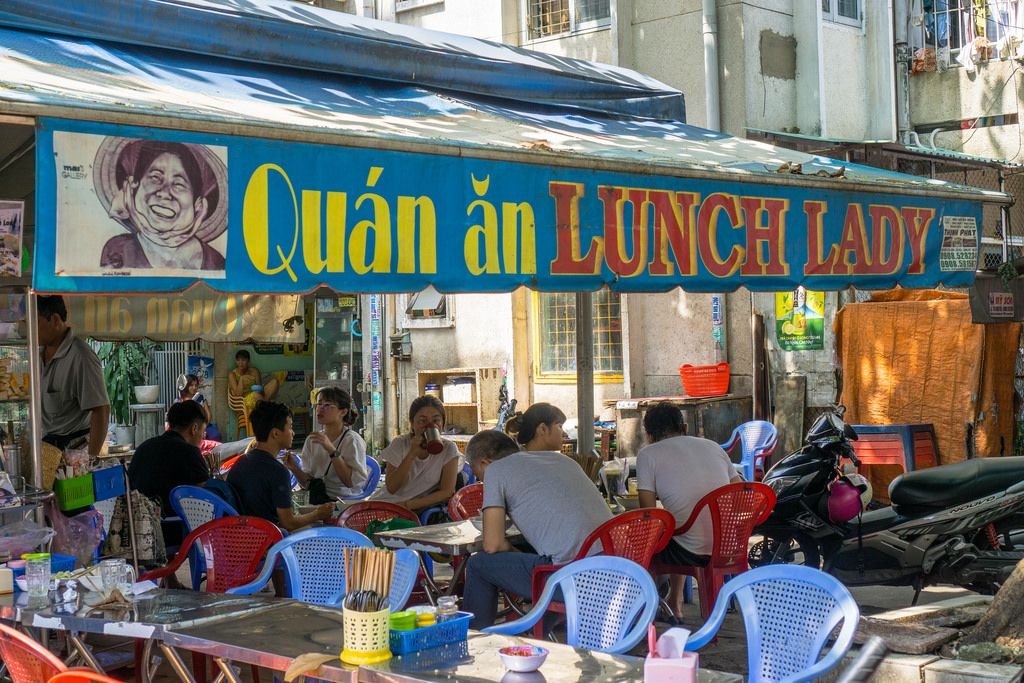
Food stalls in Ho Chi Minh City
Don’t overlook India’s incredible diversity of flavors. Kerala’s backwaters offer cooking retreats where you’ll stay with local families, learn spice combinations, and feast on coconut-based curries for $20-35 daily, including accommodation.
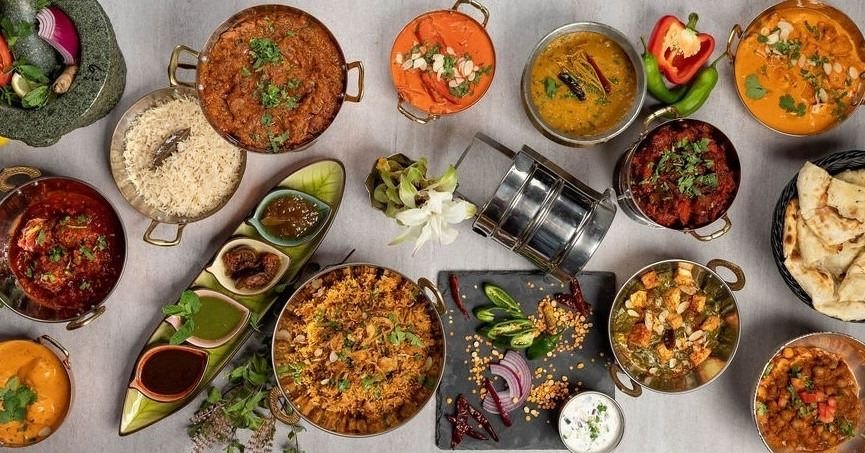
Kerala Culinary Havens
For seamless airport transfers to your chosen accommodation, consider booking through Book A Transfer to start your culinary adventure stress-free.
Italy remains every food lover’s dream, but you don’t need to spend like you’re dining in Milan’s fashion district. Venture beyond tourist hotspots to discover local favorites that won’t drain your wallet.
In Tuscany’s countryside, agriturismo farms offer week-long cooking retreats for $800-1200 per person, including accommodation, all meals, wine tastings, and daily cooking lessons. Compare this to luxury hotels charging $300+ nightly without any culinary experiences included.
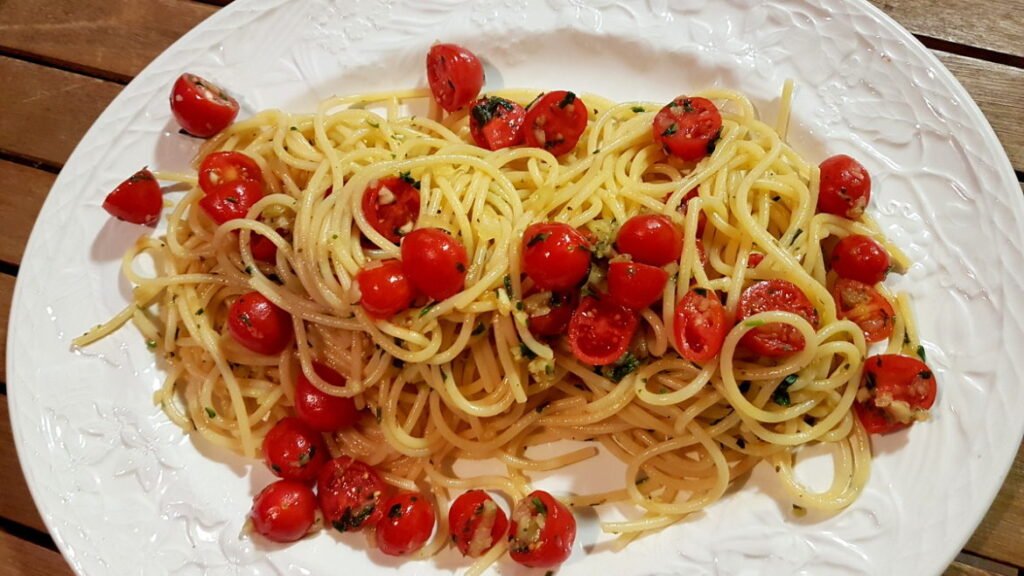
Culinary Trips in the Tuscany Countryside
France surprises budget travelers with its undiscovered paradises beyond Paris. Lyon, considered France’s gastronomic capital, offers incredible bouchon restaurants where traditional meals cost $15-25. Local cooking classes start around $50-80, teaching techniques you’ll use for life.
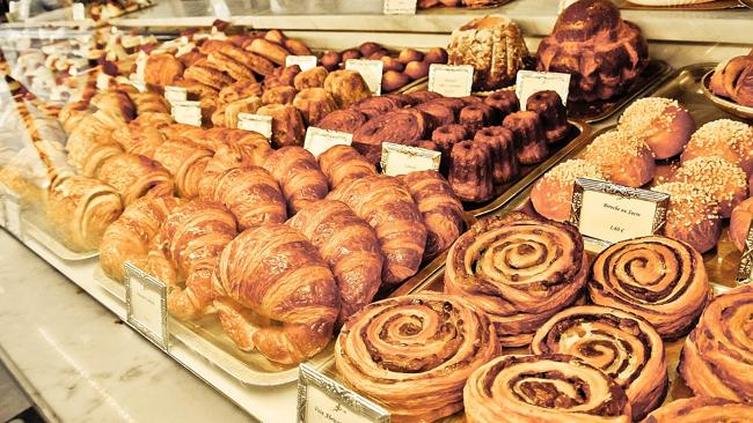
Lyon, the gastronomy capital of France
Eastern Europe presents exceptional value for culinary explorers. Poland’s pierogi-making workshops, Hungary’s paprika farms, and Czech Republic’s beer brewing experiences offer authentic cultural immersion at fraction of Western European costs.
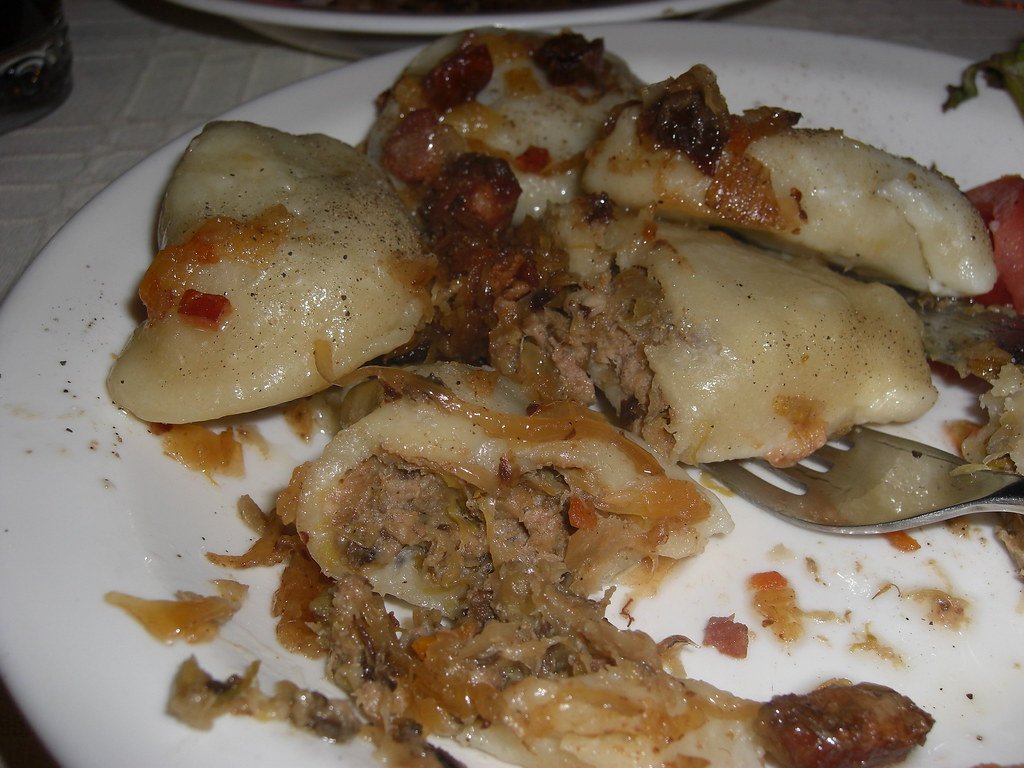
Poland’s pierogi-making workshops
Mexico beckons with culinary richness that extends far beyond tourist resorts. Oaxaca, particularly, serves as a hidden paradise where seven different mole varieties originated, and chocolate-making traditions span centuries.

Oaxaca, Chocolate Making Traditions
Street food tours in Oaxaca cost $25-35 and include visits to bustling markets where vendors explain ingredients while you sample everything from grasshopper tacos to tropical fruit waters. Cooking classes focusing on mole preparation range from $40-75, often including market visits and recipe booklets.
Peru’s gastronomic revolution makes Lima a must-visit destination for food enthusiasts. Ceviche-making classes start at $35, while comprehensive culinary tours exploring different neighborhoods cost $45-65. The country’s incredible biodiversity means you’ll encounter ingredients unavailable anywhere else.
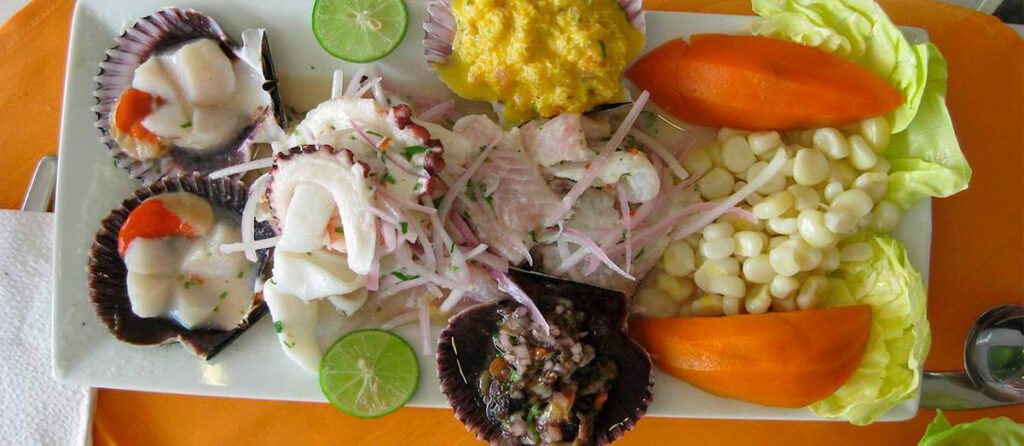
Ceviche preparation lessons in Peru
For convenient hotel bookings near culinary hotspots, explore options at Hotels to find accommodations that suit every budget.
Successful culinary travel begins with understanding seasonal patterns. Harvest seasons offer unique opportunities imagine participating in wine harvests in France during September-October, or joining olive pressing in Italy during November.
Spring brings asparagus festivals in Germany, strawberry seasons in Japan, and artichoke celebrations in California. These timing considerations can significantly impact both costs and experience quality.
Rather than planning sightseeing with occasional meals, flip your perspective. Choose destinations based on culinary calendar events, local harvest seasons, or specific techniques you want to learn.
Create a balanced mix of structured experiences (cooking classes, food tours) and spontaneous discoveries (local markets, neighborhood eateries). This approach ensures you don’t over-schedule while leaving room for serendipitous culinary encounters.
Consider connecting different regions through their culinary relationships. Northern Italy to Southern France creates natural progression through wine regions. Thailand to Vietnam follows historical spice trade routes. These connections provide narrative threads that make your journey more meaningful.
Forget generic hotel chains—culinary travelers benefit from accommodation that enhances their food experiences. Agriturismos in Italy, ryokans in Japan, and family-run guesthouses worldwide often include meals and cooking opportunities.
Homestays through platforms like local networks offer incredible value. You’ll often pay $15-35 nightly while gaining access to family recipes, local shopping trips, and authentic meal preparations.
Farm stays connect you directly with ingredient sources. Wake up to fresh eggs, help harvest vegetables for lunch, and learn preservation techniques that local families use. These experiences typically cost $40-80 nightly including all meals and activities.
When traditional accommodation is necessary, location matters more than luxury amenities. Choose hotels near local markets, food quarters, or areas where locals actually dine.
Research neighborhoods where cooking supply stores, wholesale markets, and family restaurants cluster. These areas often offer better hotel values while providing authentic food experiences within walking distance.
Many budget hotels offer kitchen access or refrigeration, allowing you to store market purchases, prepare simple meals, or keep special ingredients you want to take home.
Navigating new cities with luggage while jet-lagged isn’t ideal for food adventurers eager to explore. Pre-arranging reliable transfers through Book A Transfer eliminates stress and gets you settled quickly.
Many transfer services can include market stops or restaurant recommendations, turning transportation into your first cultural experience.
Public transportation often leads to better food discoveries than taxis. Subway systems connect authentic neighborhoods, while buses serve local communities where real culinary culture thrives.
Consider multi-day transport passes that include cultural sites alongside food markets. Many cities offer tourist cards combining transportation, museum access, and food tour discounts.
Walking remains the best method for food discovery. Plan accommodations within walking distance of multiple food areas, allowing spontaneous exploration without transportation concerns.
Understanding local dining etiquette prevents embarrassment while showing respect for cultural traditions. In Japan, slurping noodles demonstrates appreciation. In Italy, cappuccino after 11 AM marks you as a tourist.
India requires right-hand eating in many regions, while Ethiopia involves communal eating from shared plates. Learning these customs beforehand enhances your experience and endears you to local hosts.
Cooking classes demand different etiquette than restaurant dining. Arrive punctually, bring enthusiasm, and ask questions. Most instructors appreciate students who engage actively rather than passive observers.
Offer to help with cleanup, taste everything presented, and show genuine interest in techniques. These behaviors often lead to extra tips, recipe variations, or invitations to family meals.
Allocate your budget strategically—splurge on unique experiences while economizing on routine expenses. Choose one premium cooking class or tasting menu, then balance with street food exploration and market visits.
Group bookings often provide significant discounts for cooking classes, wine tours, and food experiences. Travel with friends or join online communities to share costs.
Off-season travel dramatically reduces costs while often providing better culinary experiences. Spring in Europe offers asparagus festivals without summer crowds. Fall harvest seasons provide incredible experiences at reduced prices.
Shoulder seasons (spring/fall) offer optimal combinations of good weather, lower prices, and authentic local experiences before tourist seasons begin.
Book flights well in advance through Flights to secure better rates for your culinary adventures. Flexible dates often reveal significant savings, especially when planned around culinary events or harvest seasons.
Consider alternative airports near your destination. Flying into secondary cities sometimes costs hundreds less while providing access to local favorites missed by typical tourist routes.
Ideas for family vacations centered around food create lasting memories while educating children about different cultures. Pizza-making classes in Italy, chocolate workshops in Belgium, or fruit picking in orchards worldwide appeal to young travelers.
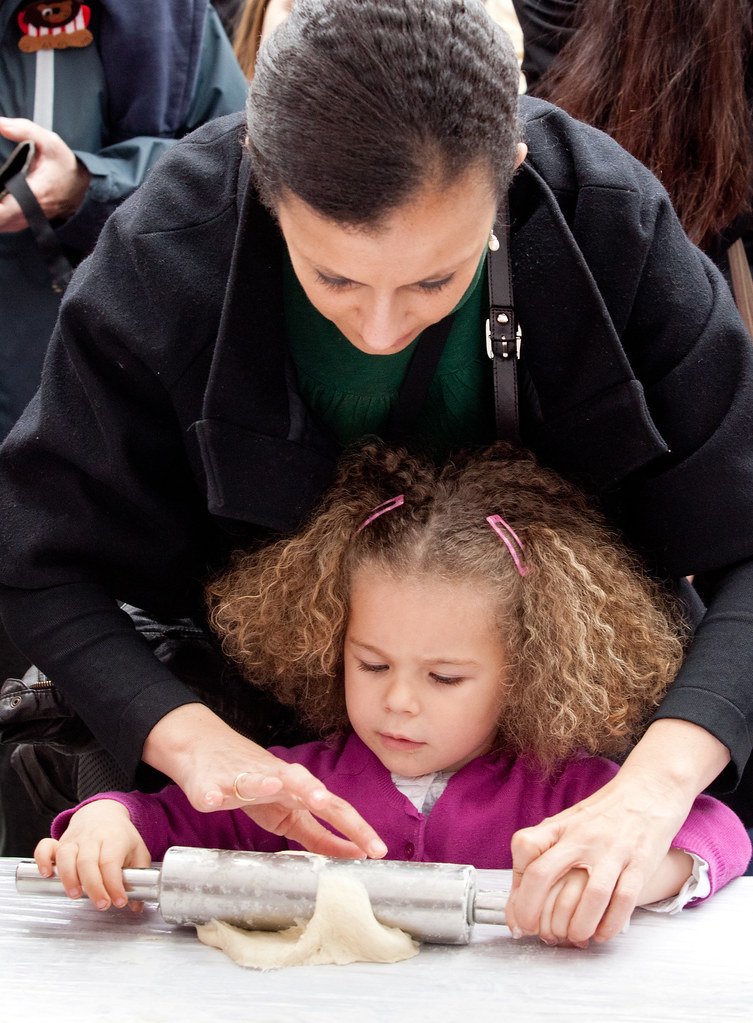
Engaging Children in Culinary Travel
Choose hands-on experiences over passive observation. Children remember rolling dumplings in Nepal or decorating cookies in Austria long after traditional sightseeing fades from memory.
Research family-friendly restaurants and cooking schools before departure. Many destinations offer specialized children’s cooking programs alongside adult classes.
Pack familiar snacks while encouraging adventurous eating. Start with mild, familiar-seeming dishes before introducing stronger flavors or unusual ingredients.
Market visits work wonderfully with children colorful displays, samples, and vendor interactions create educational entertainment that doesn’t feel like learning.
For comprehensive family travel planning resources, visit Family Trip Planning for expert guidance.
Spring brings incredible opportunities for food travelers willing to chase seasonal ingredients. Undiscovered gems emerge as local producers celebrate new harvests with festivals, special menus, and unique experiences.
Japan’s cherry blossom season coincides with bamboo shoot harvests, seasonal fish runs, and mountain vegetable gathering. These ingredients appear briefly in restaurants and markets, offering experiences unavailable other times.
European spring offers asparagus festivals throughout Germany, wild garlic seasons in Britain, and early strawberry celebrations in France. These events showcase regional specialties while celebrating seasonal transitions.
Summer provides peak seasons for many destinations, but savvy food travelers can find exceptional experiences beyond typical tourist activities. Local favorites include early morning market visits before heat intensifies, evening cooking classes, and outdoor dining experiences.
Mediterranean countries shine during summer months with tomato harvests, herb gathering, and olive oil tastings. Island destinations offer peak seafood seasons and tropical fruit experiences.
Fall harvest seasons create some of year’s most exciting culinary travel opportunities. Wine regions worldwide celebrate grape harvests with festivals, special tastings, and hands-on harvesting experiences.
Hidden paradises emerge during autumn as summer crowds depart but harvest celebrations continue. Apple festivals in New England, olive pressing in Italy, and truffle hunting in France provide unique seasonal experiences.
Winter culinary travel focuses on hearty, warming foods and indoor experiences. Cooking classes become especially appealing during colder months, offering warmth and cultural immersion.
Citrus seasons in Mediterranean regions, root vegetable preparations in Northern Europe, and hot pot traditions in Asia provide comfort food experiences perfect for winter travel.
Successful food travel requires thoughtful packing beyond typical tourist needs. Lightweight, packable containers allow you to save leftovers, transport market purchases, or store cooking class results.
A small cooler bag enables transport of perishable souvenirs special cheeses, sauces, or spices that enhance your culinary memories long after returning home.
Digital scales help navigate international shipping restrictions when sending food souvenirs home. Many countries have specific weight limits and content restrictions for food imports.
Research dietary restrictions and food safety considerations for your destination. Some regions require specific vaccinations, while others have particular food handling practices worth understanding.
Carry copies of any food allergies or dietary restrictions translated into local languages. This preparation prevents confusion and ensures safe dining experiences throughout your journey.
Document recipes, techniques, and ingredients through photos and notes. These records help you recreate experiences at home while preserving detailed memories of your culinary journey.
Real culinary discovery happens when you connect with local food communities rather than remaining in tourist bubbles. Seek recommendations from your accommodation hosts, taxi drivers, and local shop owners.
Join online food communities for your destination before traveling. Local Facebook groups, Instagram accounts, and food blogs provide insider knowledge about seasonal specialties, hidden restaurants, and upcoming food events.
Consider volunteer opportunities related to food helping at local festivals, participating in community gardens, or assisting with harvest activities. These experiences provide authentic cultural exchange while supporting local communities.
Purchase cooking equipment, spices, and specialty ingredients that allow you to recreate favorite dishes. Many destinations offer cooking supply shops near popular tourist areas with items designed for international transport.
Build relationships with vendors and producers who might ship products internationally. These connections extend your culinary journey beyond your travel dates while supporting local businesses.
Document not just recipes but techniques, timing, and cultural context surrounding dishes. This information helps you understand the “why” behind cooking methods, making home recreation more successful.
For detailed destination planning and cultural insights, explore Cultural Experiences to enrich your culinary journey.
Culinary travel creates multi-sensory memories that last far beyond typical vacation experiences. The aroma of spices, texture of handmade pasta, and warmth of shared meals with strangers-turned-friends become treasured recollections.
Share your experiences through social media, blogs, or local presentations upon return. These activities help process your experiences while inspiring others to embark on their own culinary adventures.
Consider organizing dinner parties featuring dishes and techniques learned during your travels. Recreating experiences for friends and family extends the joy of discovery while building cultural bridges in your own community.
Approach culinary travel as skill-building rather than just entertainment. Focus on learning fundamental techniques that improve your overall cooking abilities rather than just collecting experiences.
Concentrate on regional specialties that require specific knowledge pasta making in Italy, spice blending in India, or fermentation techniques in Korea. These skills provide lasting value beyond vacation memories.
Consider progressive skill building across multiple destinations. Learn basic bread making in France, advance to sourdough techniques in California, then explore Asian steamed bread variations in China.
Culinary travel provides opportunities to meet professional chefs, food writers, cookbook authors, and culinary school instructors. These connections can enhance future travel experiences while building professional networks.
Attend food festivals, cooking competitions, and culinary conferences in your destinations. These events concentrate culinary professionals and enthusiasts in settings conducive to meaningful connections.
Join culinary travel groups and organizations that provide member benefits, exclusive experiences, and networking opportunities with like-minded travelers.
Choose experiences that benefit local communities rather than exploit them. Support family-run restaurants, local markets, and small-scale producers rather than international chains.
Learn about sustainable fishing, farming, and food production practices in your destinations. Many culinary experiences can include education about environmental stewardship and cultural preservation.
Consider the environmental impact of your food choices while traveling. Explore local, seasonal ingredients rather than demanding familiar foods that require long-distance transport.
For nature-focused travel experiences that complement culinary adventures, visit Nature & Wildlife for eco-conscious travel options.
Beyond Thailand and Vietnam’s well-known food scenes lie undiscovered treasures waiting for adventurous palates. Laos offers distinctive cuisine influenced by French colonialism and traditional mountain cultures, with cooking classes available for $15-25 including market visits and full meals.
Cambodia’s culinary renaissance showcases ancient Khmer techniques combined with contemporary innovation. Siem Reap, beyond Angkor Wat, offers incredible street food experiences and traditional cooking workshops focusing on fish amok and other regional specialties.
Myanmar’s opening to tourism reveals incredible culinary diversity influenced by Indian, Chinese, and Thai cuisines while maintaining distinct local character. Mohinga (fish noodle soup) workshops and tea leaf salad preparations provide authentic cultural immersion.
Hidden gems throughout Eastern Europe offer exceptional culinary value compared to Western European destinations. Poland’s pierogi-making workshops, usually including vodka tastings and traditional music, cost $20-35 compared to similar experiences costing $80+ in Western Europe.
Hungary’s paprika farms and thermal bath cooking experiences combine relaxation with culinary education. These unique opportunities showcase regional specialties while providing excellent value for budget-conscious travelers.
Czech Republic’s beer culture extends far beyond Prague’s tourist areas. Small brewery towns offer brewing workshops, beer paired dinners, and accommodation packages starting around $40-60 nightly including meals and experiences.
Jordan’s culinary scene offers incredible value for travelers seeking authentic Middle Eastern experiences. Cooking classes in local homes, often including accommodation with Bedouin families, provide unparalleled cultural immersion for $25-45 daily.
Morocco’s cooking schools in smaller cities like Fez or Essaouira offer more authentic experiences than Marrakech’s tourist-focused programs. Traditional riad accommodations often include cooking instruction as part of their hospitality.
Turkey’s regional cuisines vary dramatically from coastal seafood specialties to mountain meat preparations. Cappadocia’s unique cave restaurants and cooking classes provide unforgettable settings for culinary education.
Successful culinary travel balances planned experiences with spontaneous discoveries. Book one or two structured cooking classes or food tours per destination while leaving time for unplanned exploration.
Research must-try dishes and ingredients before arrival, but remain flexible about where and how you experience them. Street vendor recommendations often prove more memorable than expensive restaurant reservations.
Allow recovery time between intense culinary experiences. Alternate rich, heavy meals with lighter options to maintain appreciation for diverse flavors throughout your journey.
Allocate roughly 40-50% of your travel budget to food-related experiences when planning culinary-focused trips. This investment provides better value than spending equivalent amounts on luxury accommodation without culinary components.
Create spending categories: structured experiences (cooking classes, tours), spontaneous dining (restaurants, street food), ingredients and souvenirs (spices, cookware), and emergency reserves for unexpected opportunities.
Track spending throughout your trip to identify best values and areas for future budget adjustments. Many travelers discover their most memorable experiences cost less than anticipated while some expensive options provided limited value.
For comprehensive trip planning guidance, check Planning Travel Trips for expert advice on organizing unforgettable journeys.
Plan transportation that enhances rather than detracts from your culinary journey. Train travel through European wine regions, bus journeys through Southeast Asian countryside, or domestic flights to reach remote culinary destinations all provide different experiences.
Consider food-focused transportation options wine train tours, culinary cruise segments, or even cooking classes during long bus journeys. These options maximize your culinary immersion while handling necessary logistics.
Research local transportation that connects culinary sites. Many regions offer tourist transportation specifically designed for food and wine tourism, providing cost-effective access to multiple experiences.
Modern technology enhances culinary travel through translation apps, restaurant review platforms, and local food discovery tools. Download offline translation apps with food-specific vocabulary before departure.
Local food apps often provide better recommendations than international platforms. Research regional equivalents to popular review sites for authentic local perspectives on restaurants and food experiences.
Map applications with offline capability help locate recommended restaurants, markets, and cooking schools without requiring constant internet connectivity.
Create comprehensive documentation of your culinary experiences through photos, videos, and detailed notes. This information proves invaluable when recreating dishes at home or planning future trips.
Record not just finished dishes but preparation techniques, ingredient sources, and cultural context. These details provide depth to your culinary memories while supporting future cooking efforts.
Consider creating digital recipe collections organized by destination, allowing easy access to learned techniques long after returning home.
Share your culinary discoveries through social media, blogs, or community presentations. These activities help process your experiences while inspiring others to explore culinary travel.
Create content that emphasizes budget-friendly options and authentic experiences rather than just expensive or exotic choices. This approach makes culinary travel accessible to broader audiences.
Connect with other culinary travelers through online communities, sharing tips, recommendations, and experiences that benefit the entire community.
Research water quality, common food safety practices, and recommended precautions for your destinations. Understanding local standards helps you make informed decisions about food choices throughout your journey.
Pack basic medications for stomach upset, allergic reactions, and other common travel-related health issues. Consult healthcare providers about destination-specific health recommendations.
Learn to identify signs of food freshness and proper handling in different climates and cultural contexts. These skills help you enjoy adventurous eating while minimizing health risks.
Research how dietary restrictions are understood and communicated in your destination. Vegetarianism, veganism, gluten sensitivity, and other dietary needs may be interpreted differently across cultures.
Prepare translated cards explaining your dietary restrictions in local languages. Include both restrictions and acceptable alternatives to facilitate communication with restaurant staff and cooking instructors.
Connect with local communities sharing similar dietary needs through online platforms or local organizations. These connections provide valuable insights about navigating food choices in unfamiliar environments.
For romantic culinary getaways, explore Honeymoon Getaways for intimate dining experiences and couple’s cooking classes.
Approach culinary travel as ongoing education rather than one-time entertainment. Build skills progressively across multiple trips, focusing on related techniques or regional variations.
Document learned techniques with detailed notes, measurements, and timing information. This documentation supports skill development while providing references for future cooking efforts.
Practice learned techniques at home between trips, refining skills and identifying areas for future learning. This practice makes subsequent culinary travel more meaningful and educational.
Build relationships with culinary professionals, fellow travelers, and local contacts in various destinations. These connections provide insider access to experiences unavailable through typical tourist channels.
Participate in culinary exchange programs, volunteer opportunities, or educational initiatives that provide deeper cultural immersion while supporting local communities.
Consider returning to favorite destinations to deepen relationships and explore advanced culinary techniques with familiar instructors or local contacts.
Explore professional culinary education opportunities available through travel. Many destinations offer intensive workshops, certification programs, or apprenticeship opportunities for serious culinary students.
Research culinary schools, professional development programs, and industry certifications available in your preferred destinations. These options provide credentialed learning while supporting career development.
Network with culinary professionals during travel to explore potential collaboration, employment, or educational opportunities. Many successful culinary careers begin through connections made during travel experiences.
As we conclude this comprehensive guide to culinary travel, remember that the most extraordinary food experiences often come from the most unexpected places. That tiny family restaurant tucked away in a Bangkok alley, the grandmother in rural Italy who insists on teaching you her secret ragu recipe, or the spice merchant in Marrakech who becomes your cultural guide—these are the moments that transform simple trips into life-changing adventures.
Culinary travel offers something magical that traditional tourism cannot replicate: the ability to taste history, culture, and community in every bite. Whether you’re seeking cheap flights and budget hotels for your next adventure or planning an elaborate multi-destination food tour, remember that authenticity often costs less than artifice.
The world’s greatest culinary hidden gems aren’t necessarily Michelin-starred establishments or expensive cooking schools. They’re the places where locals gather, where recipes pass through generations, and where strangers become friends over shared meals.
Start planning your culinary adventure today. Research seasonal ingredients in your chosen destination, connect with local food communities online, and most importantly, approach your journey with curiosity and openness. Every destination offers undiscovered treasures for those willing to venture beyond tourist trails and into the heart of local food culture.
Your taste buds and your soul will thank you for choosing culinary travel as your next adventure. The memories you create, skills you develop, and connections you make will enrich your life long after you’ve returned home.
For complete travel planning assistance including flights, accommodation, and transfers, visit TravelGoEasy.net to begin your culinary journey with confidence and convenience.
Remember to explore our specialized travel categories:
Q: How much should I budget for a week-long culinary travel experience? A: Budget $500-1500 per person weekly depending on destination and experience level. Southeast Asia offers incredible value at $300-700 weekly including accommodation, while European destinations typically require $800-1500 for comparable experiences.
Q: Are cooking classes suitable for beginners with no culinary experience? A: Absolutely! Most cooking classes welcome complete beginners and provide all necessary instruction. Many instructors prefer teaching enthusiastic beginners over experienced cooks with fixed habits.
Q: How do I find authentic local food experiences rather than tourist traps? A: Research local food blogs, connect with residents through social media, and observe where locals actually eat. Avoid restaurants with tourist-language menus near major attractions.
Q: What’s the best way to handle dietary restrictions during culinary travel? A: Research common dietary restrictions understanding in your destination, prepare translated explanation cards, and connect with local communities sharing similar dietary needs before traveling.
Q: How can I safely try street food without getting sick? A: Choose vendors with high turnover ensuring fresh food, observe local crowds as indicators of quality, avoid raw vegetables in areas with questionable water quality, and trust your instincts about cleanliness.
Q: Should I book cooking classes in advance or find them spontaneously? A: Book signature experiences in advance but leave room for spontaneous discoveries. Popular cooking schools require advance booking, while local market cooking experiences often accept walk-ins.
Q: How do I transport food souvenirs and ingredients internationally? A: Research customs regulations for your home country, focus on non-perishable items like spices and packaged goods, and consider shipping services for larger quantities.
Q: What’s the best time of year for culinary travel? A: Shoulder seasons (spring/fall) often provide optimal combinations of good weather, lower prices, and authentic experiences. Research harvest seasons and food festivals for specific destinations.
Targeted Keywords Used in This Article:
This article is exclusively created for TravelGoEasy.net and is protected from copying and unauthorized use. All content rights reserved to TravelGoEasy.net.